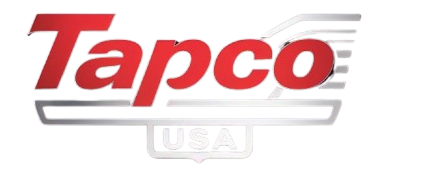Truckload (TL) freight is a fundamental part of modern logistics, enabling businesses to transport large quantities of goods efficiently and cost-effectively. Unlike Less-Than-Truckload (LTL) freight, where multiple shippers share truck space, TL freight is dedicated to a single shipment, reducing transit time and handling risks.
This article explores the key aspects of truckload freight, its advantages, challenges, and strategies for optimizing operations.
What is Truckload Freight?
Truckload freight involves shipments that fill an entire truck or meet a minimum weight of 10,000 pounds. These shipments typically What is Less than Truckload Freight travel directly from the point of origin to the destination, eliminating unnecessary delays and reducing potential damages.
Industries That Rely on TL Freight
- Retail & E-commerce – Distributing products from warehouses to fulfillment centers
- Manufacturing – Transporting raw materials and finished goods
- Agriculture – Shipping fresh produce, grains, and farming equipment
- Construction – Delivering heavy machinery and building materials
Advantages of Truckload Freight
1. Faster and More Reliable Delivery
With a direct route from origin to destination, TL shipments move quicker than LTL freight, which requires multiple stops.
2. Less Risk of Damage or Loss
Since TL shipments remain in one truck throughout transit, there is less handling, reducing the chances of damage or misplacement.
3. Cost-Effective for High-Volume Shipments
For businesses shipping large loads, TL freight offers lower per-unit transportation costs compared to multiple smaller shipments.
4. Greater Flexibility and Control
Shippers can set their own pickup and delivery schedules, ensuring that freight moves on their terms.
5. More Environmentally Friendly
By maximizing truck capacity, TL freight reduces the number of trips, leading to lower fuel consumption and fewer emissions.
Challenges of Truckload Freight
1. Higher Costs for Small Shipments
If a company does not have enough goods to fill an entire truck, TL freight may be more expensive than LTL or shared freight options.
2. Seasonal Capacity Shortages
During peak shipping seasons, securing a TL carrier can be difficult and costly, as demand drives up prices.
3. Regulatory Compliance Issues
TL freight is subject to weight restrictions, safety standards, and environmental regulations, which can impact costs and scheduling.
How to Optimize Truckload Freight Operations
To improve efficiency and cost-effectiveness, businesses can follow these best practices:
- Book in Advance – Planning ahead helps secure better pricing and guaranteed truck availability.
- Leverage Freight Technology – Tools like real-time tracking, automated scheduling, and route optimization improve visibility and efficiency.
- Maximize Load Capacity – Proper packaging and weight distribution ensure trucks are utilized efficiently.
- Stay Informed on Market Trends – Monitoring fuel prices, demand fluctuations, and trucking regulations helps businesses make smarter logistics decisions.
Conclusion
Truckload freight is a key logistics solution for businesses needing fast, reliable, and cost-effective transportation of large shipments. Its advantages—direct transit, reduced handling risks, and scheduling flexibility—make it a preferred choice for industries with high-volume shipping requirements.
Despite challenges like capacity shortages and regulatory constraints, companies can overcome them through strategic planning, technology adoption, and optimized load management. By implementing these best practices, businesses can streamline their supply chain and stay competitive in an evolving freight industry.
